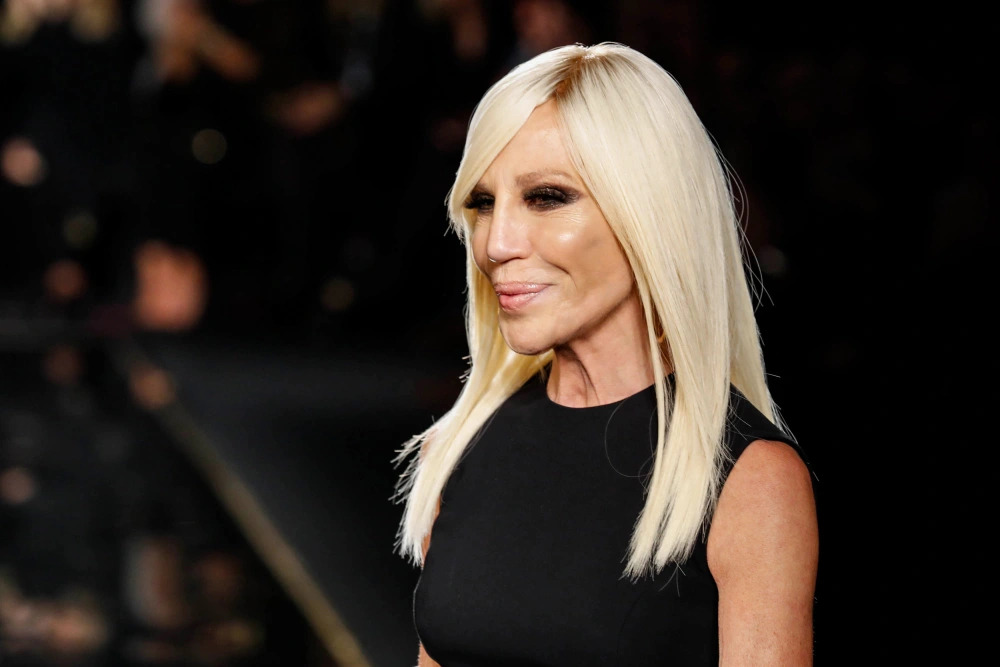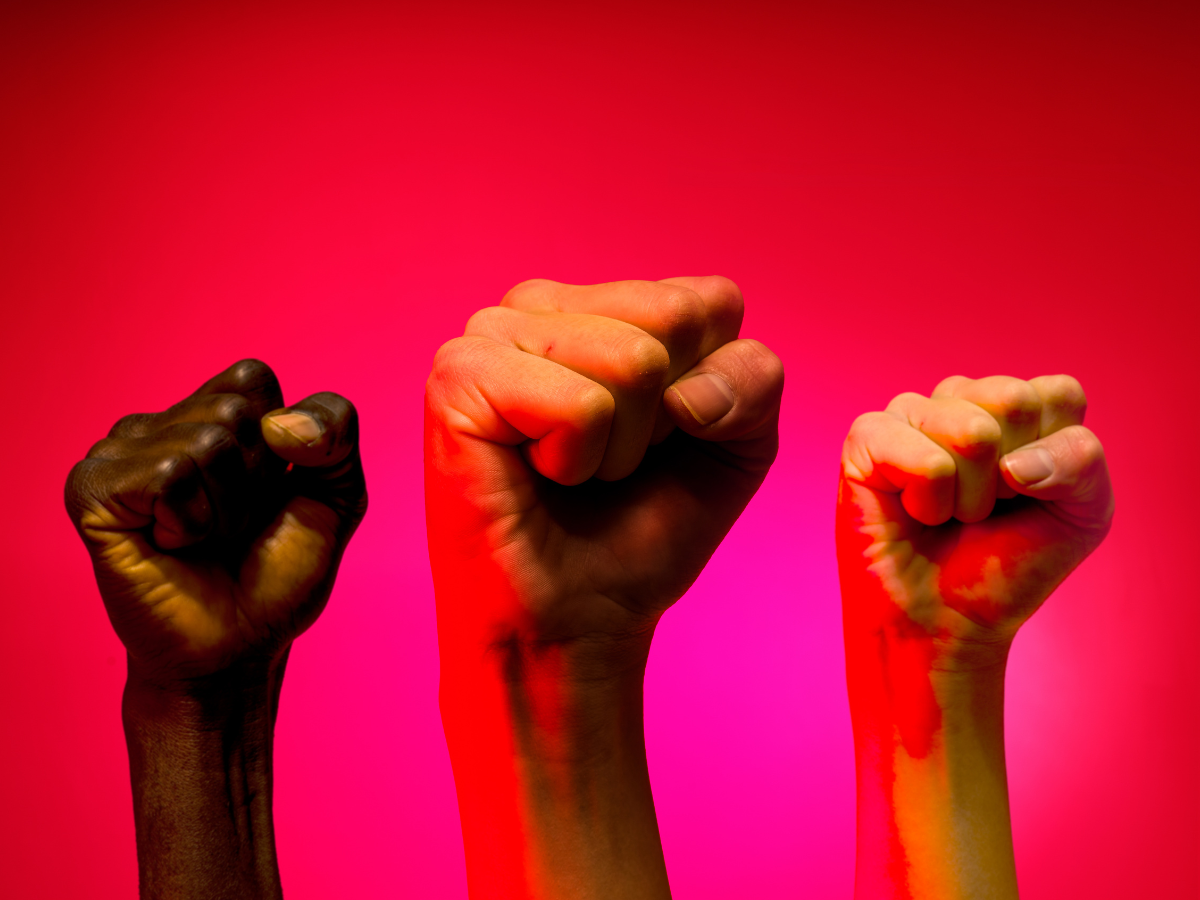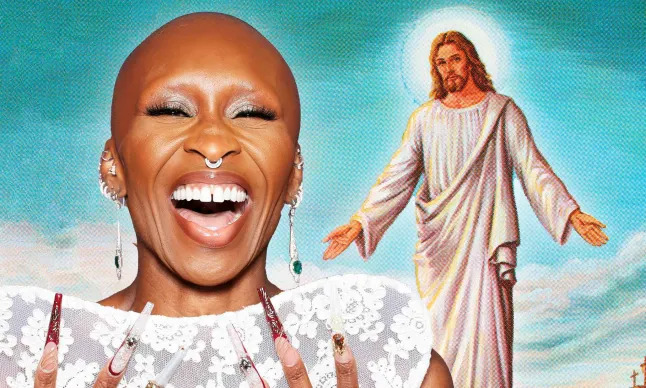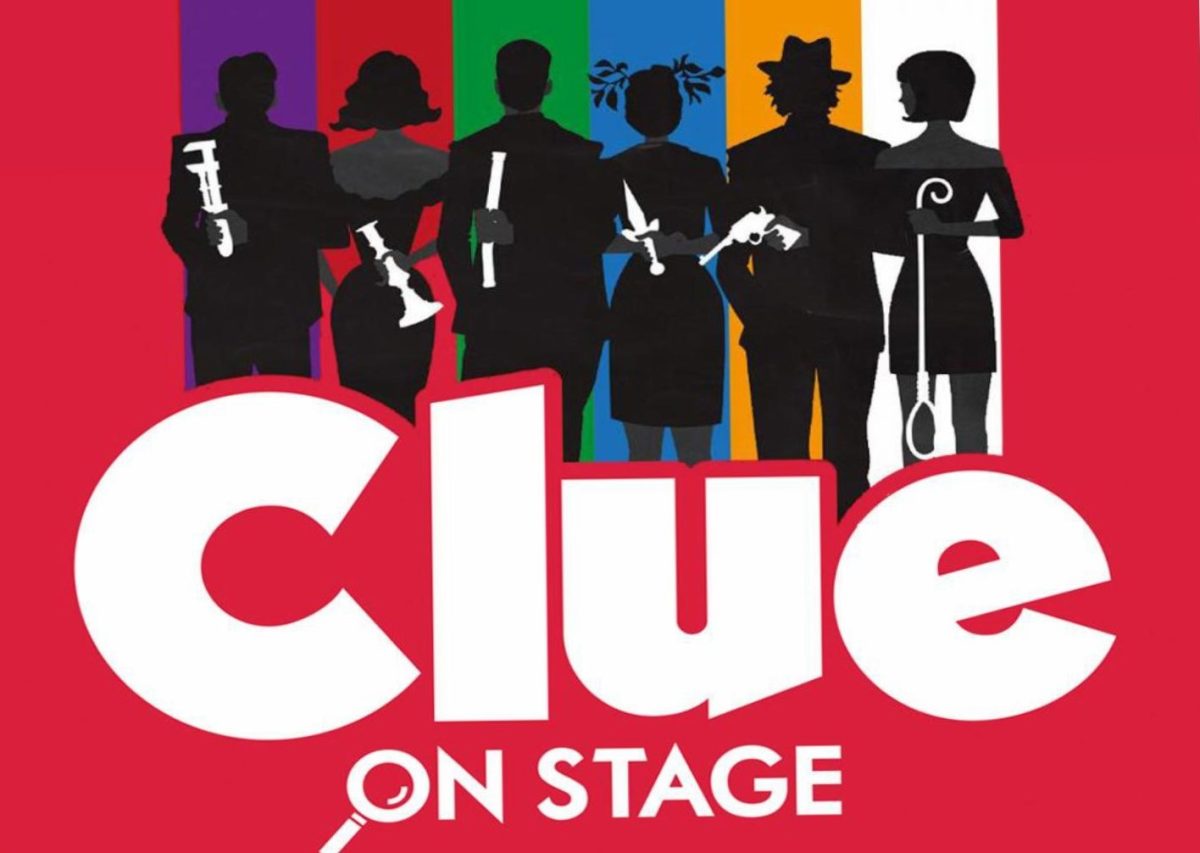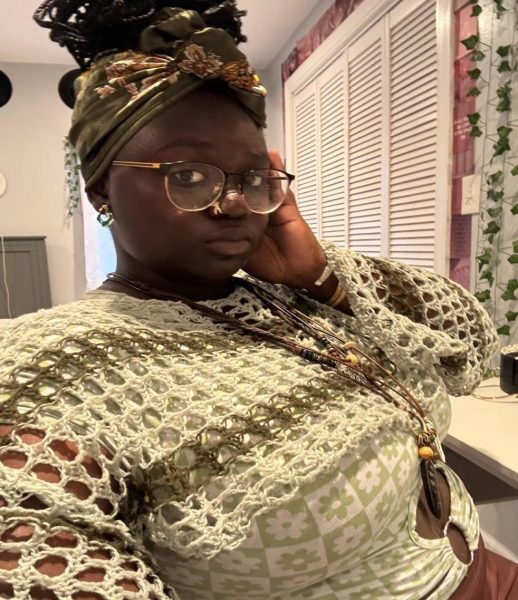Over the past few months matcha tea has gained immense popularity due to influencers resulting in many new combinations and flavors of the green tea. However, many of the new consumers of matcha are unaware of the history and cultural importance of it.
The origins of matcha can be traced back to ancient China and Japan, but it is more prominent in contemporary Japanese culture. Matcha was introduced to Japan in the 1100s by a Zen Buddhist monk from China and quickly became popular. He also brought back the preparation process and called it “the way of tea.” The preparation of matcha became an act of devotion to the beauty of Earth.
To make the best matcha you will first need powdered matcha from a reliable brand; some of the best are Ippodo Tea Ummon Matcha, Shirakawa Uji Hikari, and Matcha Sunday. These brands are widely recommended because they are sourced straight from Japan, and have a less bitter taste.
To know which matcha brand to buy it is crucial to look at the color of the powder. Vibrant green matcha is always the way to go because it has more health benefits and less of the bitter taste that comes from low grade matcha. The vibrant green color comes from rich chlorophyll content where the plants are covered weeks in advance before harvest. Ceremonial should always be the matcha you buy because it is the highest quality, made from younger leaves.
To properly prepare matcha you will need a sifter, a measuring spoon, and a bamboo whisk. First you sift your desired amount of matcha powder and mix it into a small amount of hot water, then you use your bamboo whisk to ensure that it has dissolved properly until foamy. Finally, you swirl your matcha mix into your milk and sweeten to your liking.
Matcha is not only a refreshing and delicious beverage but it is also a celebration of culture and beauty that ensures that you live a healthy life.
























